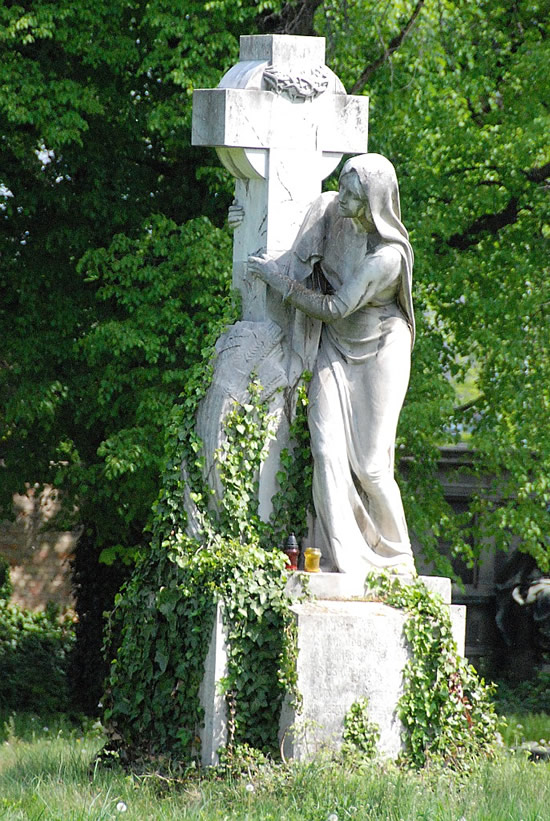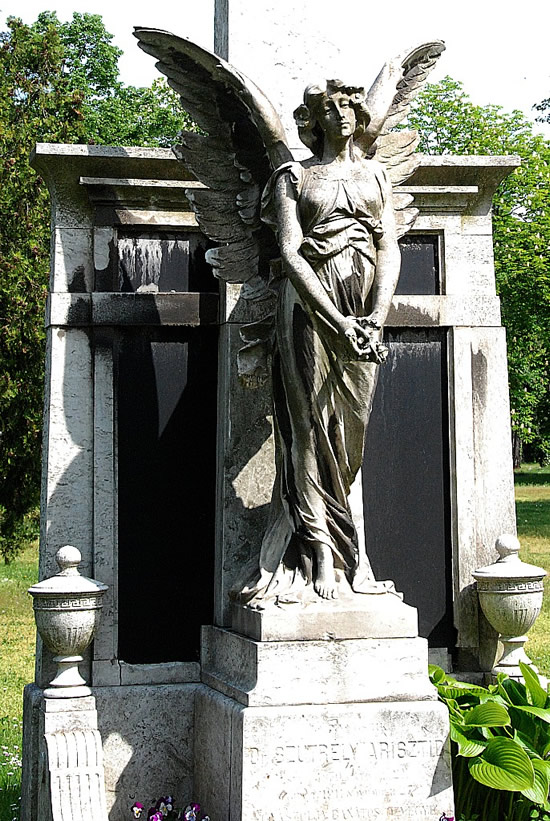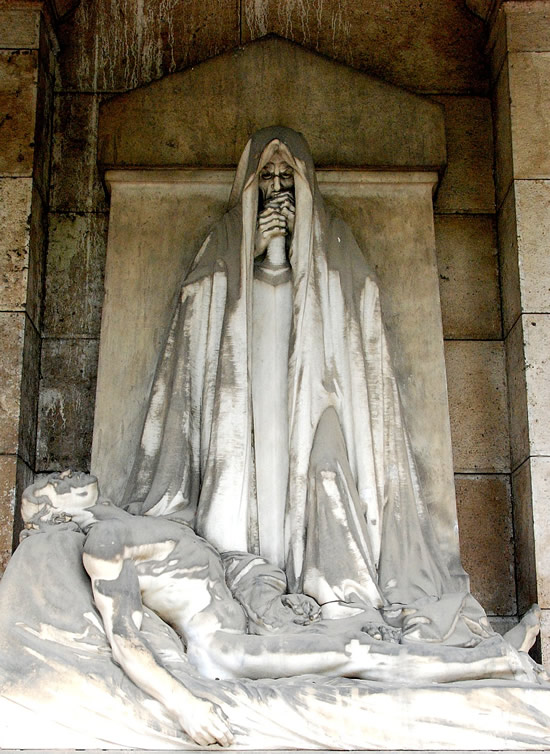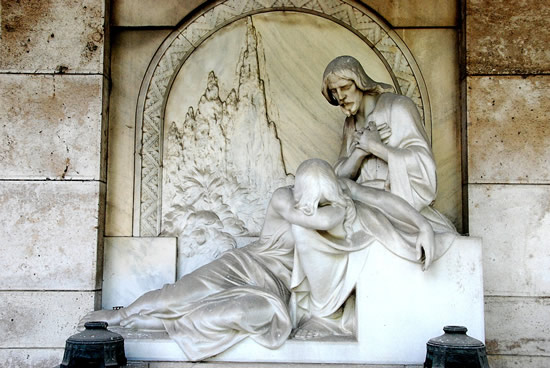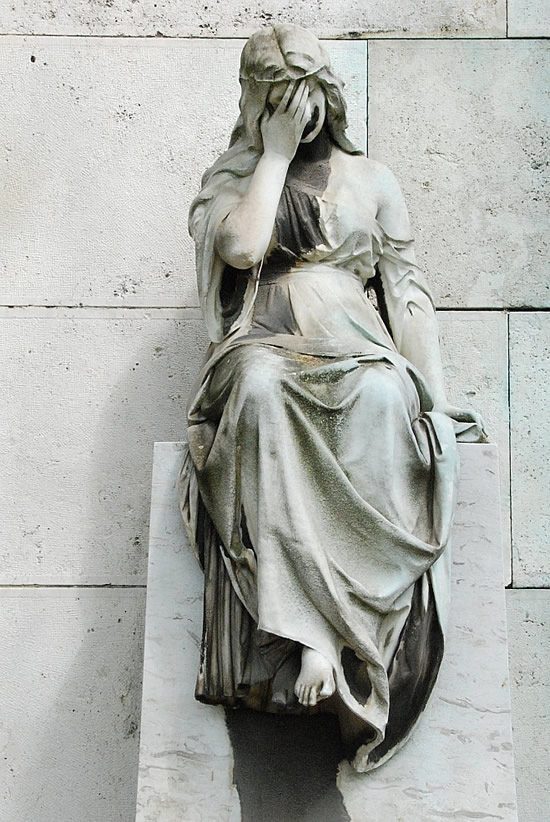On a short trip to Budapest we decided to go the Kerepesi Cemetery. We weren’t able to find out much about it and couldn't find details in any of our travel books. We asked at the hotel and theyknew nothing about it and were surprised that we would even think of going there. We walked from the hotel and decided to have a picnic lunch along the way. We didn’t have any food so we went into a local shop. We couldn’t speak Hungarian and we were right out of any tourist area so no-one could speak English. We came out with an alarming assortment of various products that we thought would be edible. We stopped at a small park with broken seats and a lot of rubbish that was overlooked by a really run-down, low-cost housing estate. After a while various men came out of the estate and sat around the edges looking at us. We saw a couple of drug-deals happening on the perimeters and thought that it was time to move. Quickly.
The entrance of the cemetery is not well-signposted and it took us a while to find out how to get in. It was worth it.
The Kerepesi Cemetery is part wilderness, part botanical garden, part public park and the largest outdoor sculpture garden in Europe. To go through the cemetery is to travel through a part of Hungarian history.
.jpg.aspx)

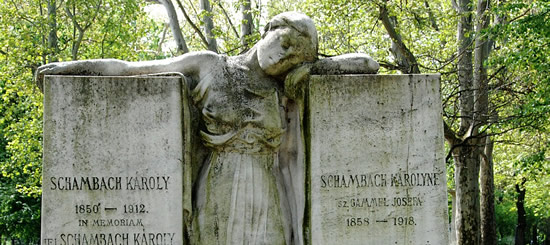
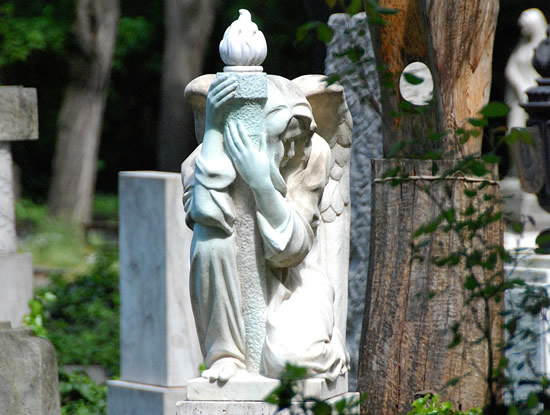
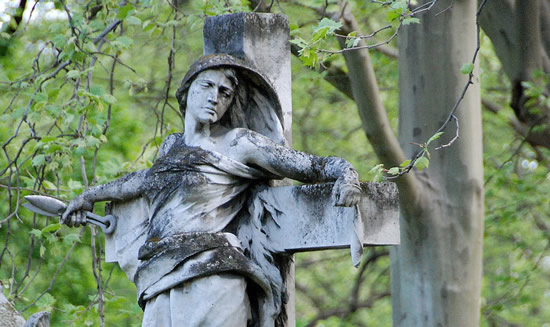
By the 1840’s the small cemeteries around Buda and Pest were filling up and 56 acres were put aside as a large public cemetery in Kerepes fields, outside the municipal boundaries.

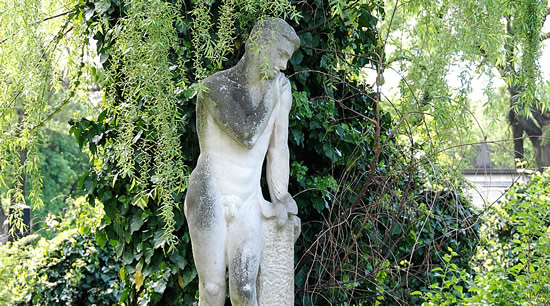
.jpg.aspx)
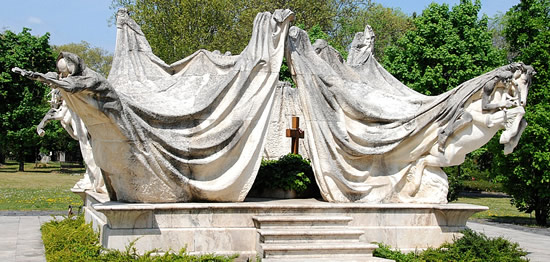
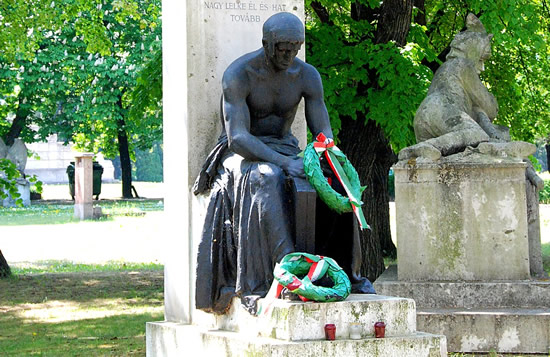
In 1841, Count Istvan Szechenyi proposed building a National Pantheon in the hills of Buda. Instead it was decided to use the Kerepesi site. Outstanding Hungarians, writers, artists, scientists musicians and politicians were to be given tombs of honour here. The first notable was the poet Mihaly Vorosmarty who was buried here in 1855. In both 1886 and 1894 new public cemeteries were opened and Kerepesi was only used for heroes and idols. During this time they started digging up notables from other cemeteries and interring them here.
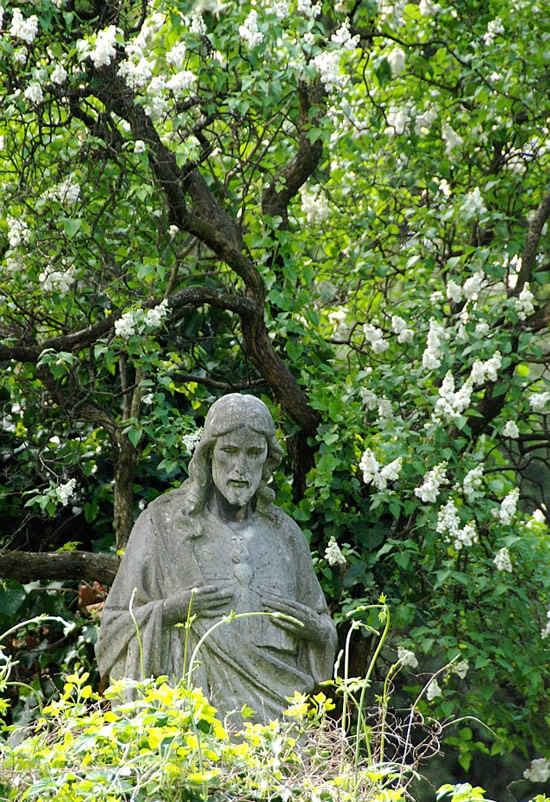
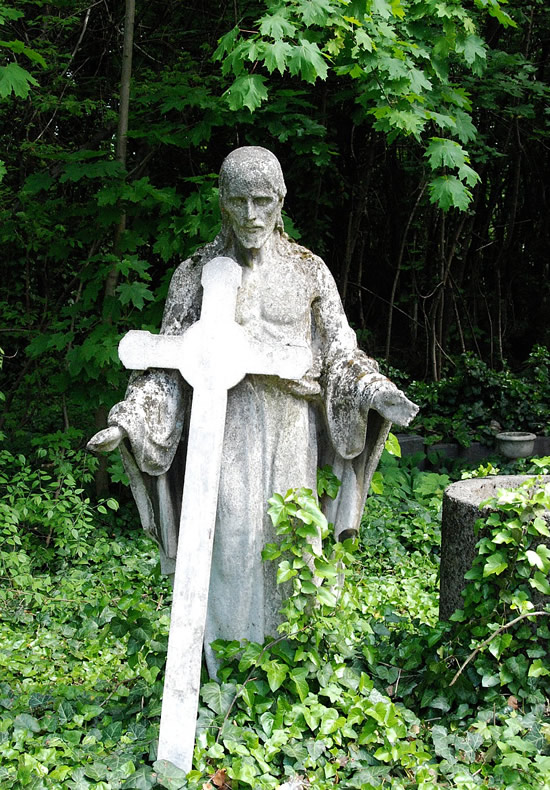

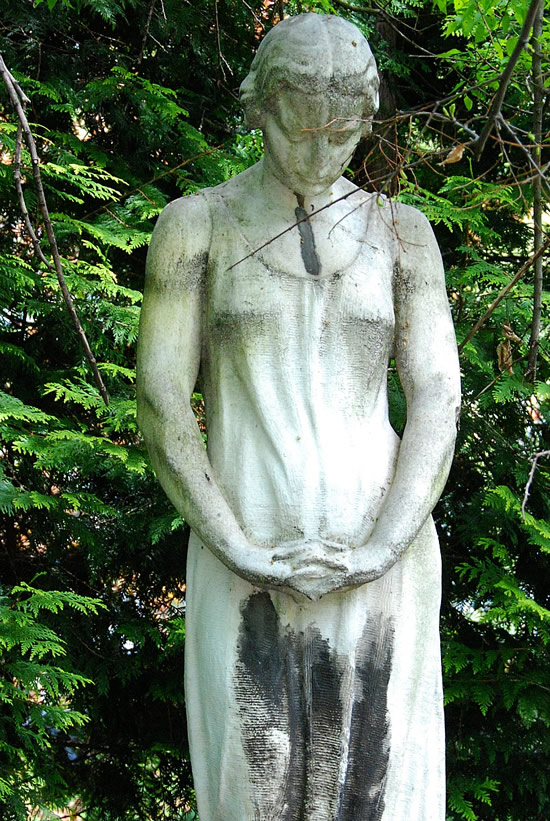
An arcade was established for wealthy families. At each end of the arcade are four open areas with fabulously mosaic interiors representing Biblical scenes. They were done by the Miska Roth studio. The colours of the tiles are as fresh today as when they were created.
.jpg.aspx)
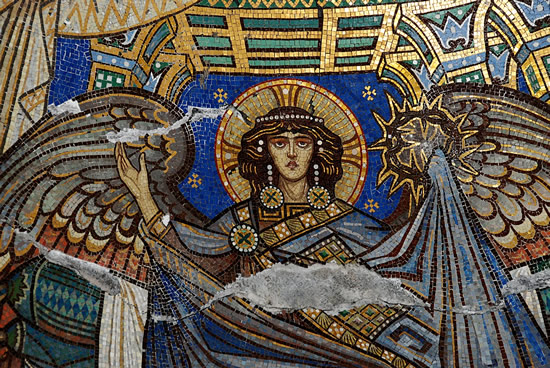

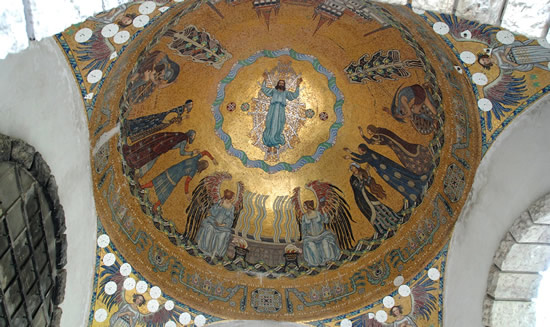
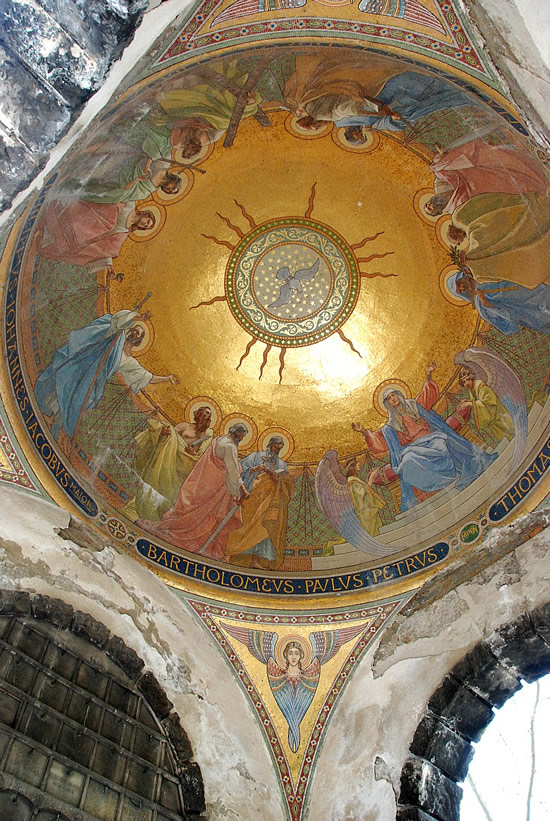


The arcade contains large family tombs all seeming to vie with each other with wonderful sculpture.
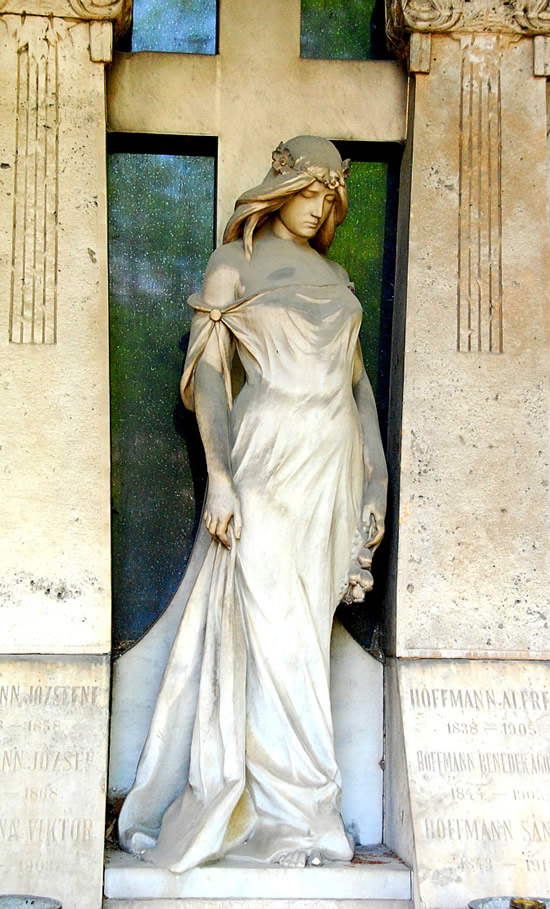
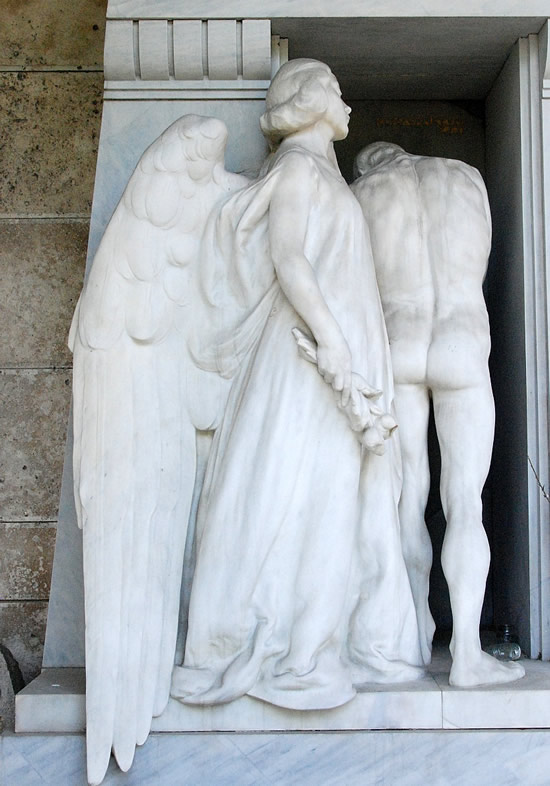

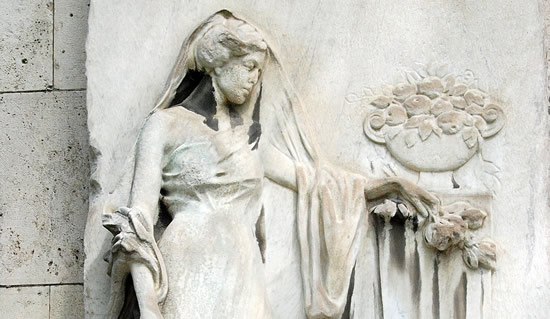

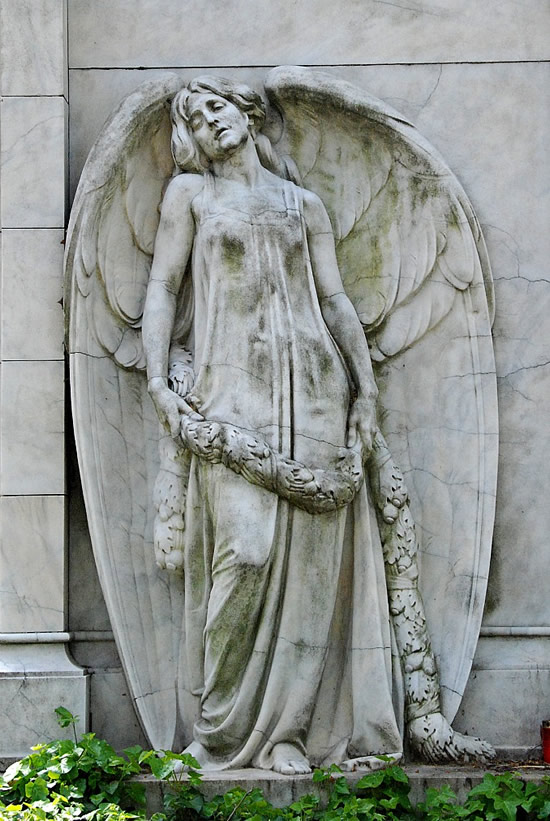
The sculptures throughout the cemetery represent the architectural and design changes that were happening at this time throughout Europe. These are not run-of-the-mill monumental masons work; they are the work of real sculptors.
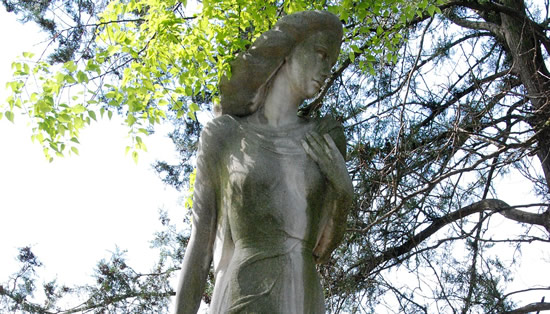
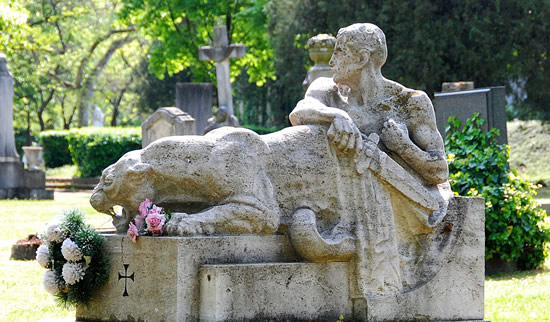
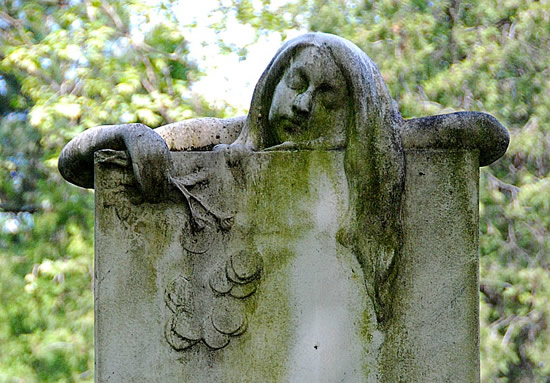
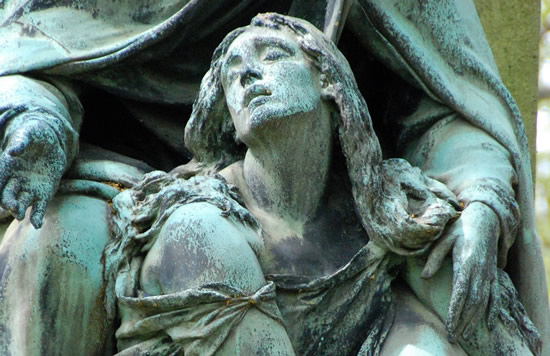

One sculptor, Janos Pasztor, used his wife as model and her face can be seen throughout the cemetery. There are Art Nouveau tombs and you can see the styles morph into Art Deco. Angels with Marcel waved hair and bias-cut evening dresses watching over the dead.
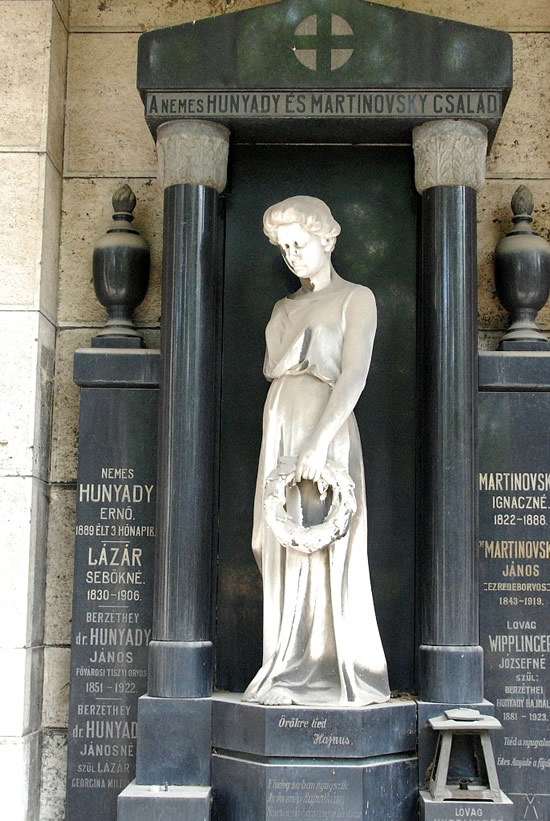
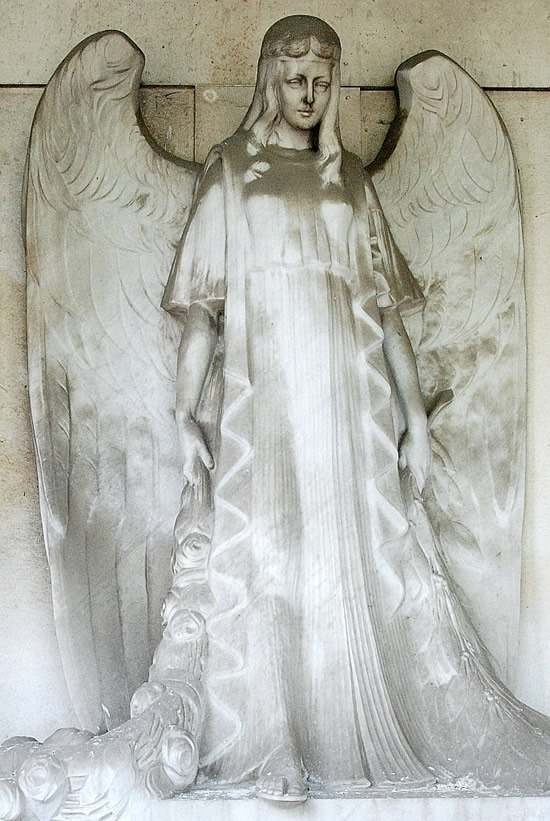
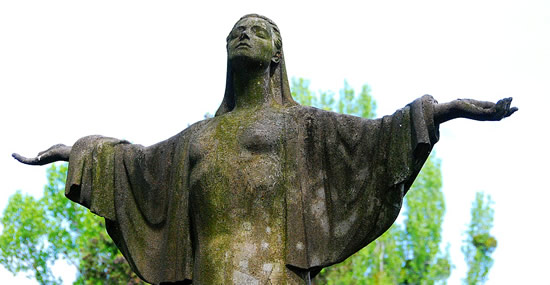
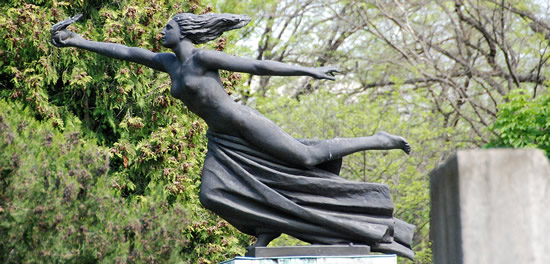
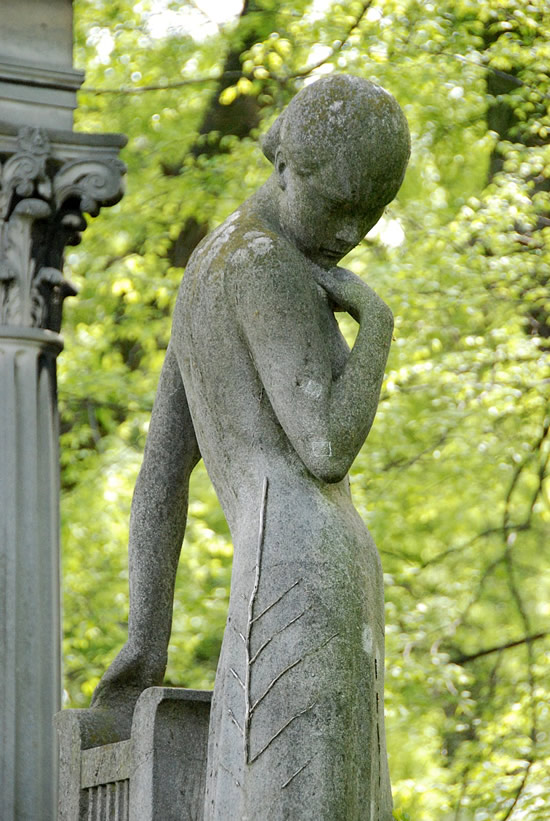
In 1928 a special area was created for artists. Their tombs reflect the individuals work. Musicians have pianos, violins and sheet music; actors have masks and theatrical devices; painters have palettes and easels and authors have books and pens.
.jpg.aspx)

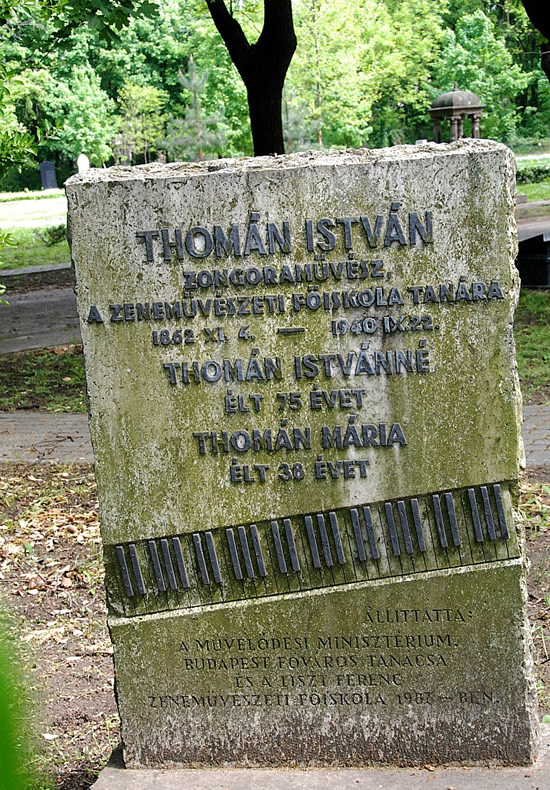


The cemetery was closed in 1952 because of the damage it had sustained during WW II, and because the Communist Government wanted to ignore the tombs of the pre-Communist intelligentsia. They turned it into a park. They had plans to turn it into a housing development and an area of the cemetery was sold-off and bulldozed for a rubber factory. Luckily for us the rest was retained. In an effort to claim the cemetery as their own the Communists built an incredibly ugly mausoleum for the Labour movement.
.jpg.aspx)

Unlike a lot of countries that have over-thrown tyranny, Hungary has not tried to erase its past and in the cemetery are plots for Soviet soldiers who died in 1945, taking over the country, and in 1956 putting down the revolution. There is a large plot for the Hungarians who also died during the uprising. Unlike the rest of the cemetery the Soviet plots are very neat and well-looked after. They are very cold and spartan when compared with the original plots.
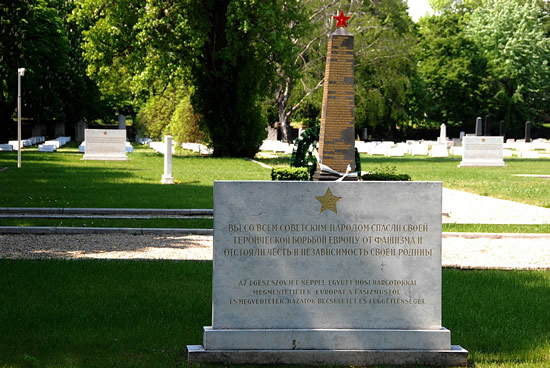
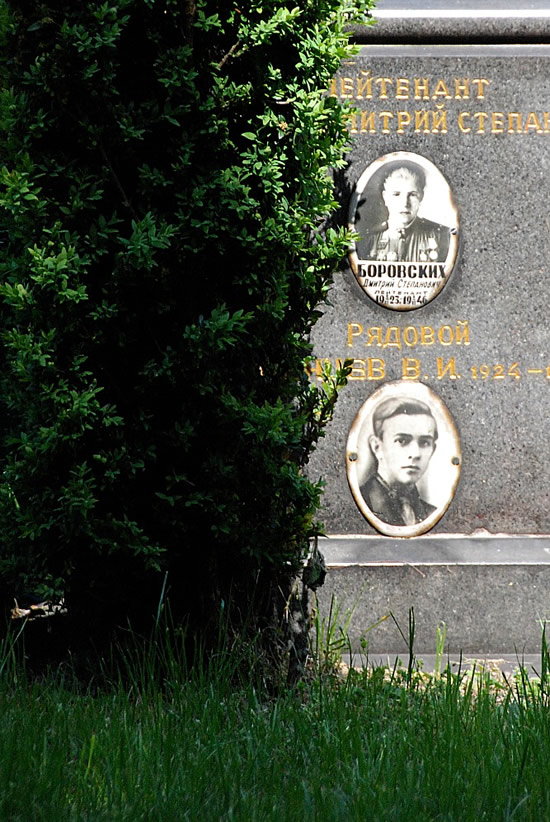
 Large sections of the cemetery have been let go and it is reverting to natural park land.
Large sections of the cemetery have been let go and it is reverting to natural park land.
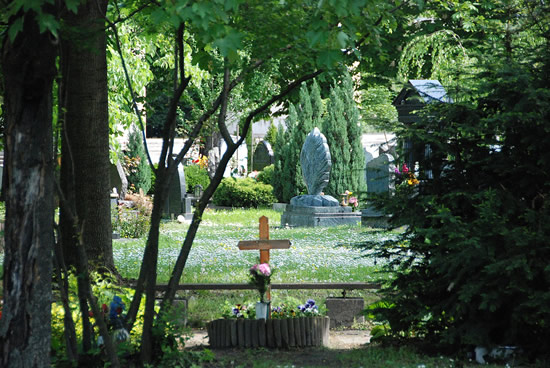

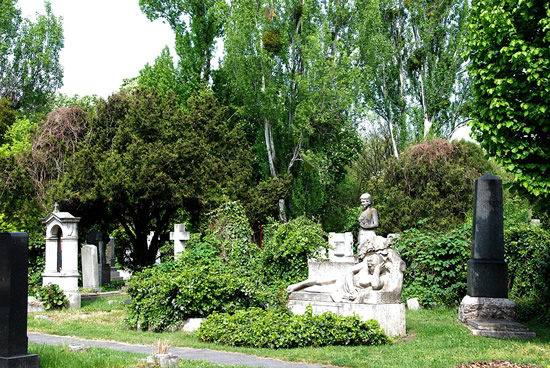
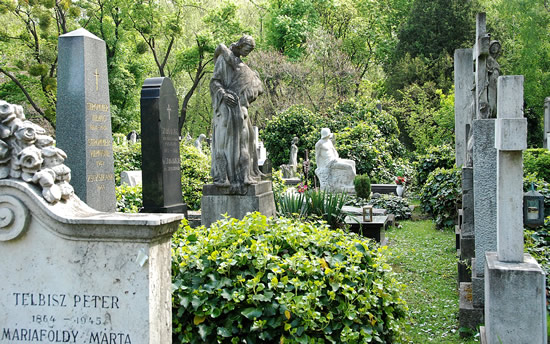
Its amazing walking through small forests and seeing tombs and statues losing their battle with the undergrowth and ivy. Wild life and birds are attracted by the natural environment.
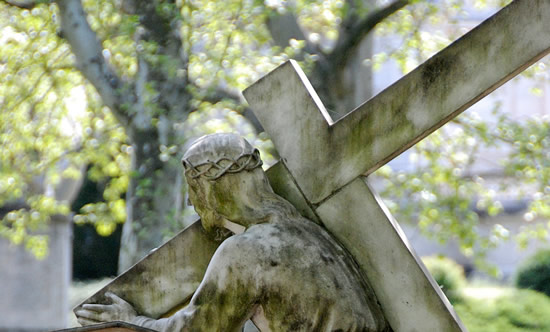
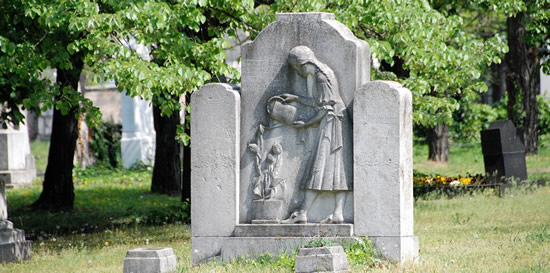
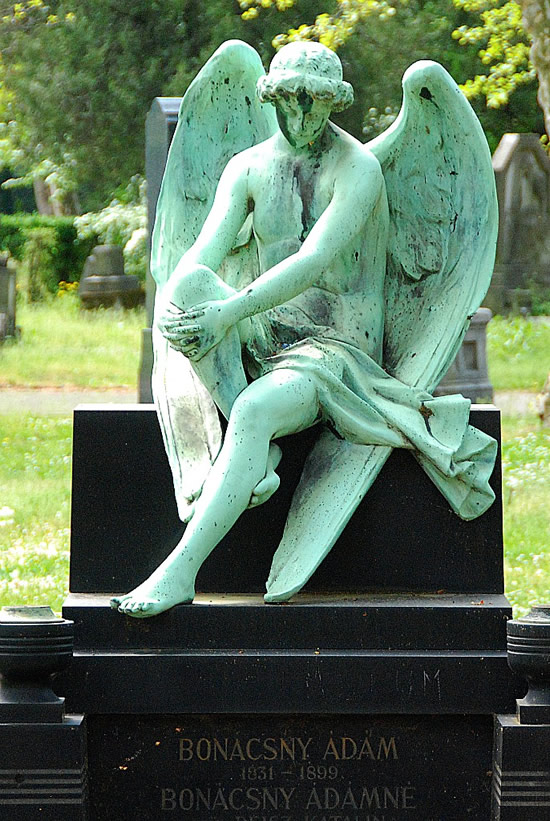
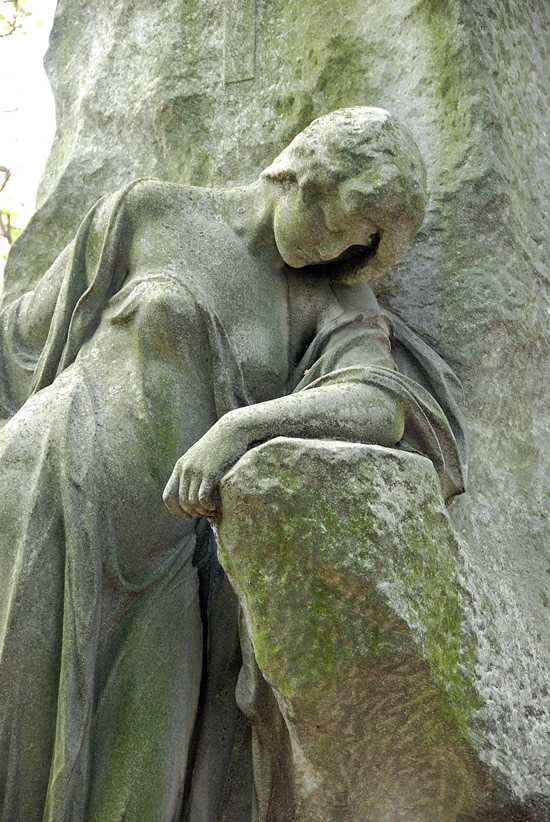
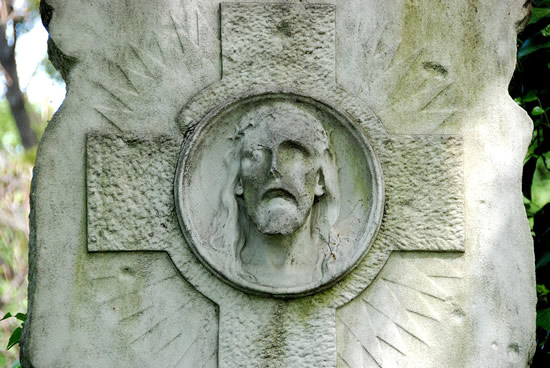
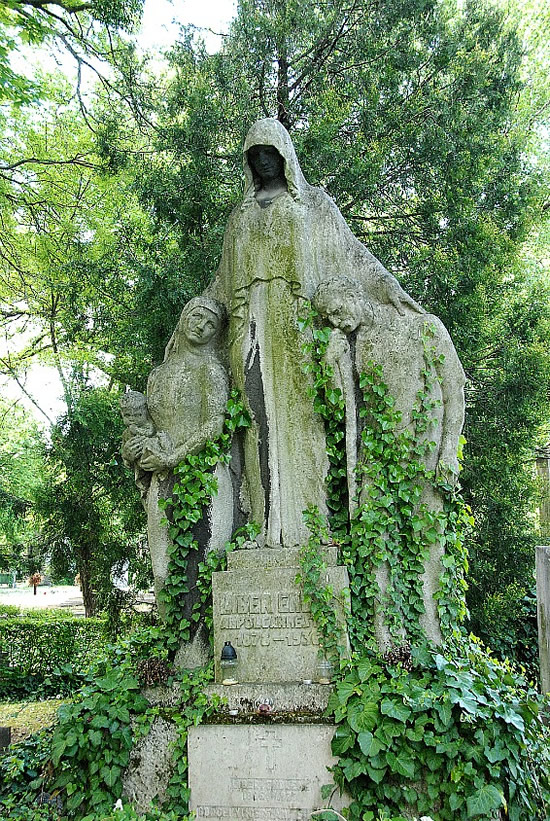
Around every corner is another spectacular piece of sculpture; weeping angels, mothers with their children and mournful men. We only spent an afternoon here. We could have easily spent a couple of days.
